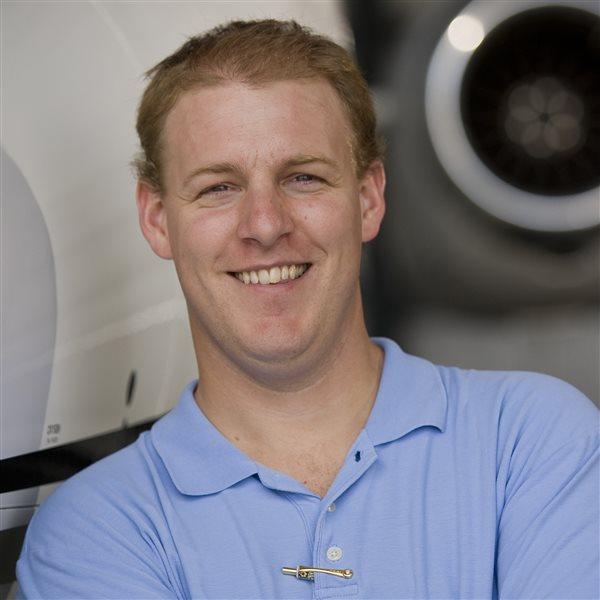Recreational aviation is at a crossroads. Our population is aging, and as the large cadre of World War II, Korean War, and Vietnam-era veterans hang up their wings, it’s also shrinking. Our fundamental question is whether we want to continue to be a somewhat elite activity that is defined by superior skill and determination, or one of a big tent, in which we encourage everyone to participate in the life-changing process of learning to fly.
I think the answer is clear. Aviation is of significant benefit to the country and to the people it inspires. Far from being a secret society (“oh, you’re not a pilot, you wouldn’t understand”), we need to be evangelists, pushing everyone who has ever shown even a cursory interest in flight to try it firsthand. Doing so ensures a future of relatively inexpensive and easily accessible aviation in this country.
Clearly not everyone agrees. To be open to the big-tent theory, one has to put ego aside and admit that most people can learn how to fly. Which, incidentally, is not the same thing as saying they will. It means having a culture of encouragement and support, and dropping the prevalent, “I’m right and I’ll tell you why you’re wrong” approach to flight training and mentoring.
A perfect example of this came to me in an email a few weeks ago. You may remember that two months ago we published a story about best glide speed (“Glider Pilot for a Day,” July 2013 Flight Training) that referenced what glider expert Tom Knauff calls a polar graph or polar curve. The letter writer, a longtime flight instructor and airline transport pilot, wrote, “I saw a label on a picture on page 39 labeled ‘Polar Graph.’ I can see that you either forgot or did not participate in middle school geometry or you possibly misquoted Mr. Tom Knauff’s book (maybe he doesn’t know) or you have no education in graphing. The types [of] graphs shown (wind versus speed) on page 39 are classified as Cartesian coordinate graphs—not polar.”
He’s right, but it’s a classic example of winning a battle but losing the war. We should have no patience for instructors or mentors who get pleasure from putting down students and new pilots because they lack knowledge.
Some flight schools are starting to recognize this. A school owner recently told me he only hires instructors who “love to teach and like to fly.” Another successful school owner said he goes through a lengthy personality-based interview process before they ever touch an airplane. It’s no accident that both of these schools are growing significantly.
We’re starting to wake up to the fact that students are educated consumers who rightfully demand good service, and if we want to continue to grow and thrive as a community, we must cultivate and strengthen that community. Doing so means encouraging new pilots, mentoring through patience and good will—and as a student, not accepting an instructor who doesn’t have the interest to actually teach.

